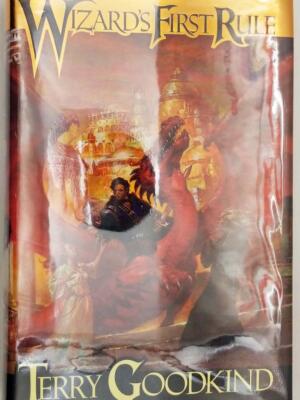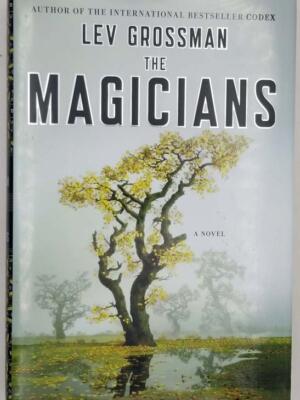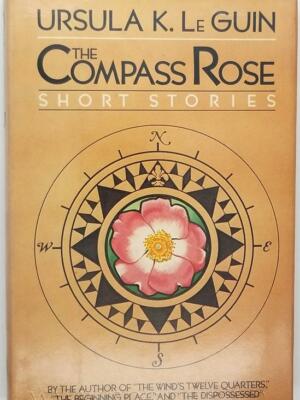The Ship of Ishtar by A. Merritt, originally published in 1924 and later famously illustrated by Virgil Finlay, is a classic of early 20th-century fantasy fiction, blending exotic adventure, myth, and metaphysical wonder.
The novel follows John Kenton, an archaeologist and scholar who comes into possession of a mysterious artifact—a miniature model of an ancient Babylonian ship. When he touches it, he is mystically transported onto the real ship, locked in eternal battle on a timeless sea. The vessel is caught between the forces of Ishtar, goddess of love and life, and Nergal, god of darkness and death. Within this enchanted microcosm, time stands still and the divine conflict rages endlessly.
Kenton becomes enmeshed in this cosmic struggle, falling in love with the high priestess of Ishtar, Sharane, and battling both supernatural forces and his own growing despair. As he attempts to break the ship’s curse and restore balance, the story explores themes of duality, fate, sacrifice, and the thin boundary between myth and reality.
Merritt’s lush, romantic prose is rich with symbolism, mysticism, and sensuality, while Virgil Finlay’s illustrations—in later editions—enhance the novel’s dreamlike, otherworldly quality with their intricate, moody pen-and-ink style.
The Ship of Ishtar is celebrated as a landmark of lost world and mythic fantasy literature, influencing generations of writers from H.P. Lovecraft to Michael Moorcock. It remains a captivating example of early speculative fiction at its most imaginative and evocative.
![The Ship of Ishtar - A. Merritt [1949] | Illus. Virgil Finlay The Ship of Ishtar - A. Merritt [1949] | Illus. Virgil Finlay](https://www.nocloo.com/wp-content/uploads/2025/07/vf-ishtar01.jpg)
![The Ship of Ishtar - A. Merritt [1949] | Illus. Virgil Finlay The Ship of Ishtar - A. Merritt [1949] | Illus. Virgil Finlay](https://www.nocloo.com/wp-content/uploads/2025/07/vf-ishtar02.jpg)
![The Ship of Ishtar - A. Merritt [1949] | Illus. Virgil Finlay The Ship of Ishtar - A. Merritt [1949] | Illus. Virgil Finlay](https://www.nocloo.com/wp-content/uploads/2025/07/vf-ishtar03.jpg)
![The Ship of Ishtar - A. Merritt [1949] | Illus. Virgil Finlay The Ship of Ishtar - A. Merritt [1949] | Illus. Virgil Finlay](https://www.nocloo.com/wp-content/uploads/2025/07/vf-ishtar04.jpg)
![The Ship of Ishtar - A. Merritt [1949] | Illus. Virgil Finlay The Ship of Ishtar - A. Merritt [1949] | Illus. Virgil Finlay](https://www.nocloo.com/wp-content/uploads/2025/07/vf-ishtar05.jpg)
![The Ship of Ishtar - A. Merritt [1949] | Illus. Virgil Finlay The Ship of Ishtar - A. Merritt [1949] | Illus. Virgil Finlay](https://www.nocloo.com/wp-content/uploads/2025/07/vf-ishtar06.jpg)
![The Ship of Ishtar - A. Merritt [1949] | Illus. Virgil Finlay The Ship of Ishtar - A. Merritt [1949] | Illus. Virgil Finlay](https://www.nocloo.com/wp-content/uploads/2025/07/vf-ishtar07.jpg)
![The Ship of Ishtar - A. Merritt [1949] | Illus. Virgil Finlay The Ship of Ishtar - A. Merritt [1949] | Illus. Virgil Finlay](https://www.nocloo.com/wp-content/uploads/2025/07/vf-ishtar08.jpg)
![The Ship of Ishtar - A. Merritt [1949] | Illus. Virgil Finlay The Ship of Ishtar - A. Merritt [1949] | Illus. Virgil Finlay](https://www.nocloo.com/wp-content/uploads/2025/07/vf-ishtar09.jpg)




